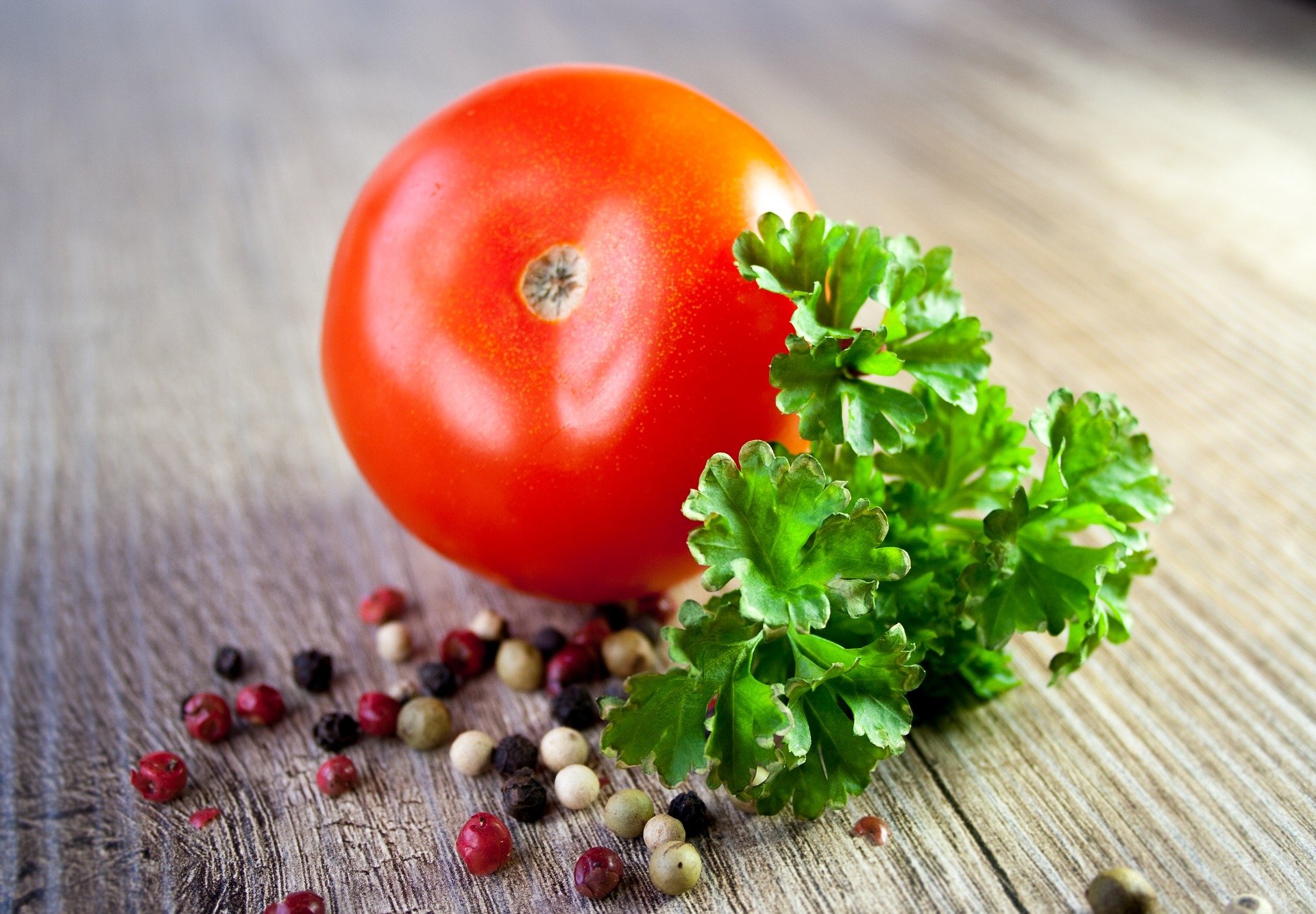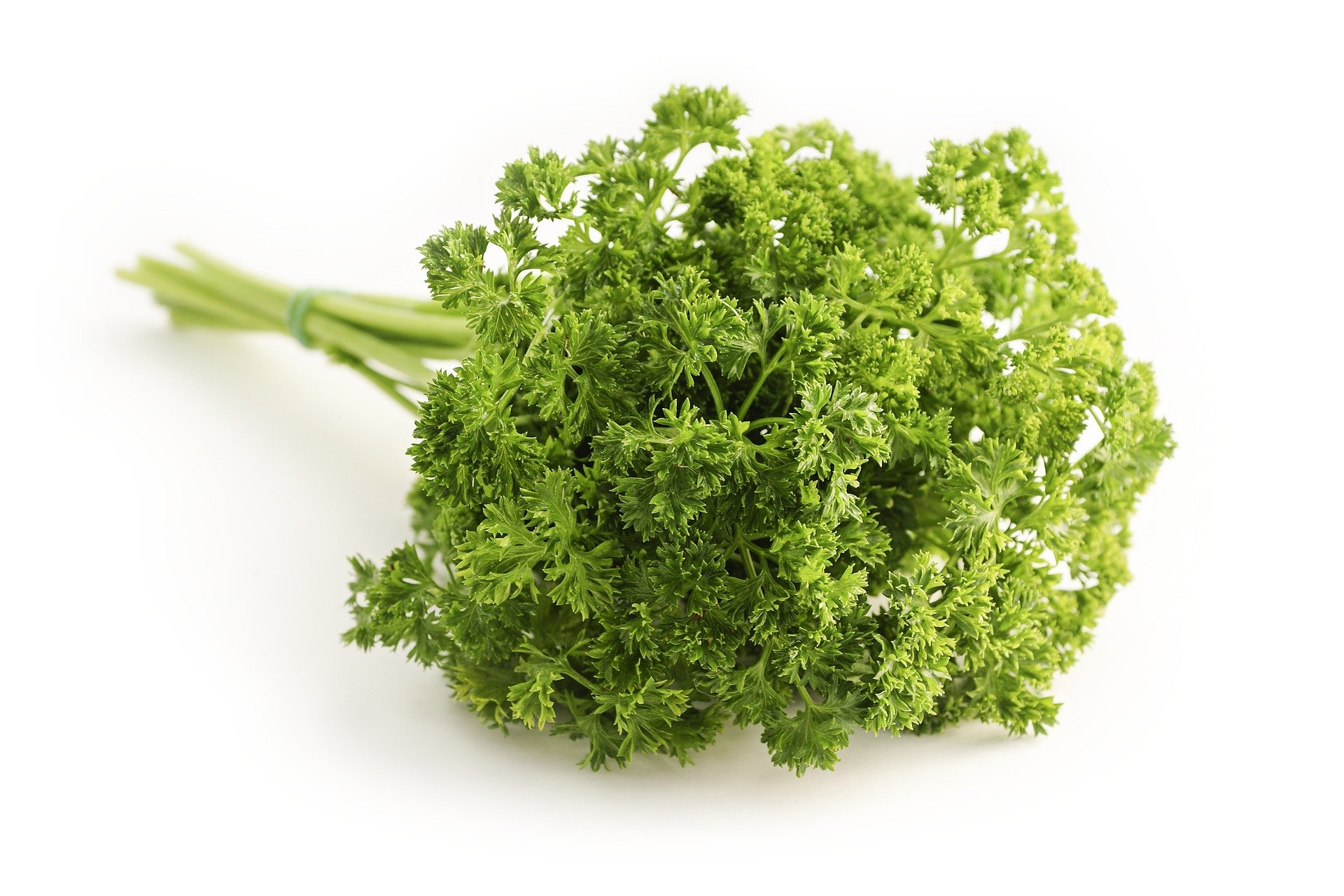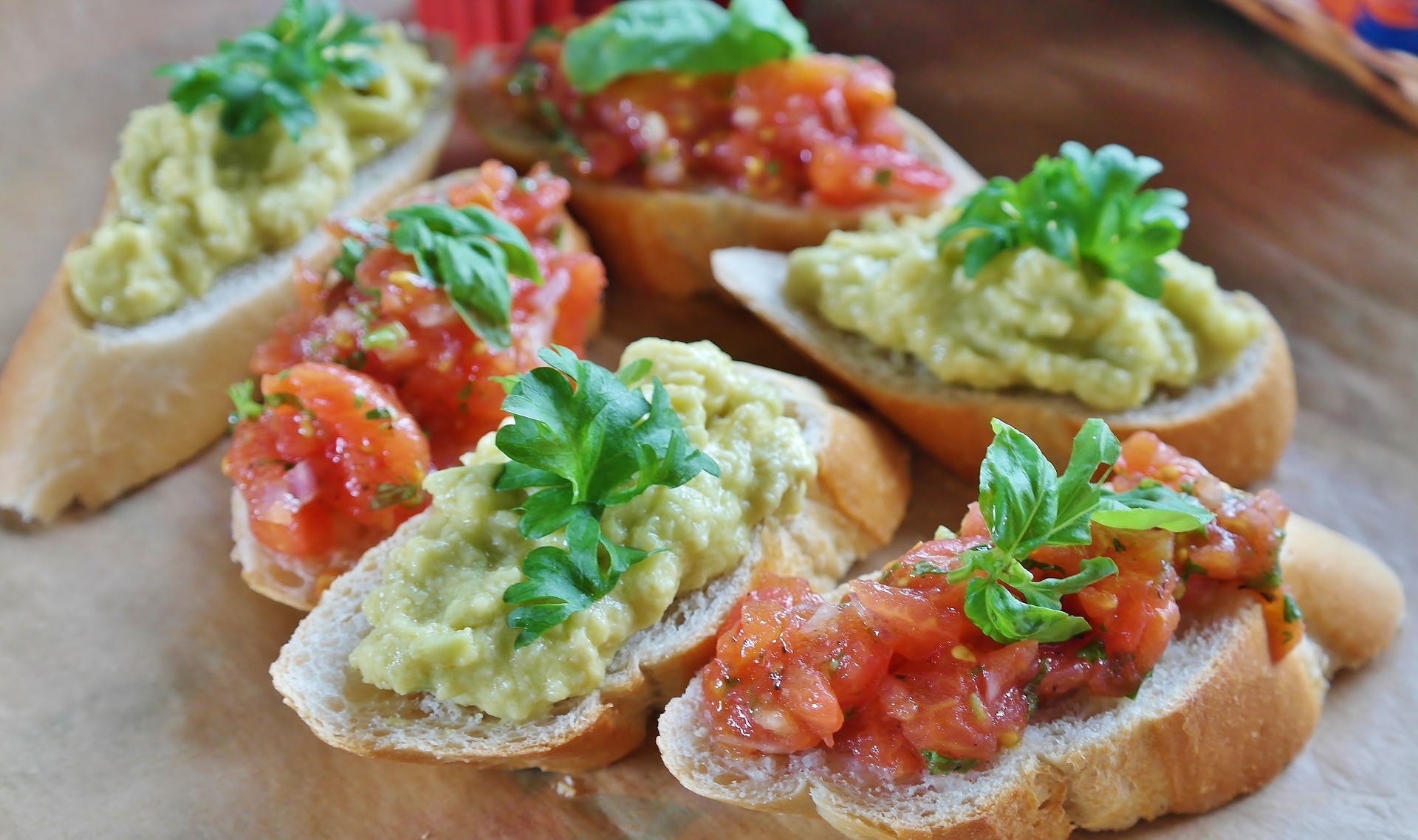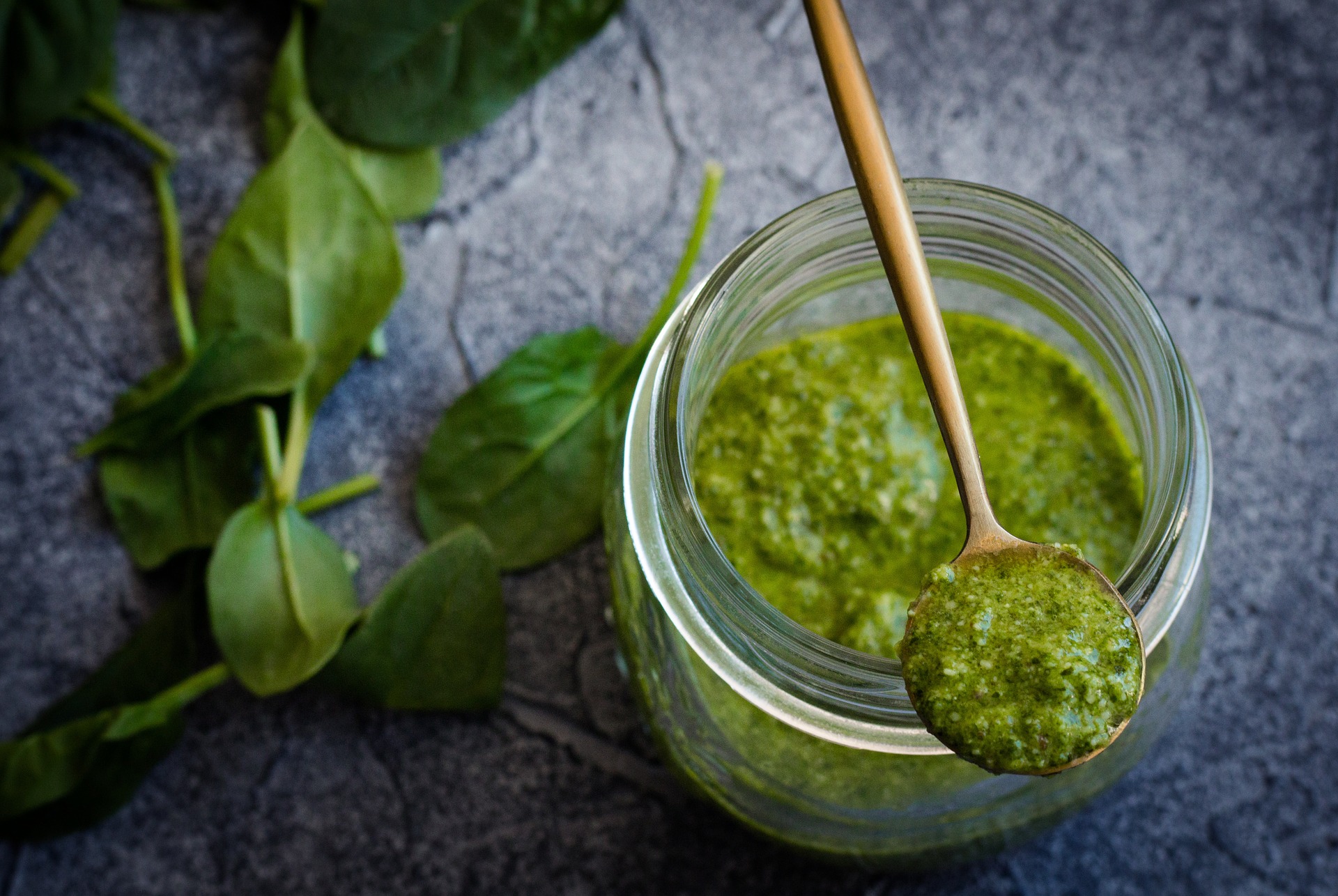
by Sharon Quercioli
What Is Parsley?
You do not think about it much, except when you run out of it. Most of us sprinkle it out of an herb shaker or a red capped shaker. When you use parsley, is it dried and prepackaged? Is it gathered in a bunch and sold by the pound? Or do you gather it yourself, from your own garden?
Parsley is a plant that is native to the Mediterranean region of the world. There are two common types which we normally see in stores or that sprout from our gardens: curly French leaf or the flat-leaf Italian kind.
Parsley contains a plethora of different nutrients, great for young and old. Vitamin A, C, K, Folate, Potassium, and Fiber, just to name a few. It is a great source of vitamin K, which is important for things like bone health and blood clotting. Vitamins A and C are great because they’re antioxidants. They are also low in calories but are chock full of flavor, which means they are a benefit to almost any meal.
What Is Parsley Good For?

When it comes to healing properties, parsley has been known to treat a number of conditions such as allergies, inflammatory diseases, and even high blood pressure. Let us go over some of these, shall we?
Fighting Cancer
It is said that a number of different fruits and vegetables can help fight cancer, but what does that really mean? In terms of parsley, this means that the level of Vitamin C that you find in parsley can help reduce oxidative stress in your body.
Great for your eyes
You can find the antioxidants lutein and zeaxanthin in parsley which can promote healthy vision. Not only that, parsley also has beta carotene and Vitamins A and C, which also aid in healthy eyes.
Parsley extract
Parsley extract has some antibacterial benefits as well. A test-tube study (https://www.ncbi.nlm.nih.gov/books/NBK441868/) came to this conclusion after parsley extract was showed to fight against the growth of yeast, molds, and common bacteria in the experiment. Another test-tube study (https://pubmed.ncbi.nlm.nih.gov/21637036/) showed that it stopped the growth of more harmful food-born bacteria like salmonella.
Cooking with parsley

Unlike some spices, parsley can be found everywhere, and it can be found in three different ways: as a plant which you can put in an herb garden, in fresh bunches in the produce section of your supermarket or dried in the spice section of most stores that sell dried herbs.
I prefer to use parsley fresh. It tastes better. The vitamins are fully intact. The texture is more appealing in foods. However, they only last a couple weeks in the fridge, so a little bit of meal planning is in order when it comes to buying fresh. Dried parsley can stay in your spice cabinet for much longer. Another way to keep fresh parsley is to freeze it. It can stay in your freezer for about six months. I like to freeze it in a bit of olive oil with parsley (and other herbs like oregano and thyme). Butter is a good substitute for oil but is not as much of a healthy option.

The Easiest Way to Incorporate Parsley into Your Diet
Use it as a topper or as garnish. You can do this for a number of things, including soups, bruschetta, and salads. You can include parsley in green smoothies and just snip a few leaves off a bunch to garnish your pasta. I like to throw a handful of parsley in my pasta sauce (no matter what type of sauce I am making). Just sprinkling a little bit of parsley in Mediterranean, Italian, and French dishes. Specifically, parsley is great in most soups, vegetables (steamed, roasted, or grilled), and sauces. The versatility of the light and fresh herb is one of the main reasons why it is the most common used herb in Middle Eastern dishes.
My Favorite and Most Versatile Parsley Recipe

Pesto is a great, fresh summer food that you can use as a topping for pasta, bruschetta, or as a spread on sandwiches. While traditional pesto is made with basil, you can just as easily make pesto from parsley. Swapping out the basil for parsley and the chickpeas for walnuts, makes it an easy fall or winter dish. A little tip if you are eating garlic and worried about your breath, eat some fresh parsley it takes away the bad breath. It’s great for this Italian girl because I eat a lot of garlic.
Parsley Pesto

What you’re going to need:
- ½ cup of walnuts, shelled
- ½ cup of toasted almonds
- 2 cups of chopped fresh parsley
- ½ cup of parmesan cheese, grated
- 3 cloves of garlic, minced
- ½ teaspoon of salt
- ½ cup of olive oil
What you are going to do with those things:
- Get your food processor ready. Place all the ingredients except for the olive oil in the processor and pulse until all the ingredients are combined.
- Scrape the sides of the processor and drizzle in the olive oil, then pulse again for about thirty seconds so everything is combined.
- Use immediately (fresh pesto is amazing!). You can mix it with some pasta, spread on some bruschetta, or even use instead of mayo to make your sandwiches extra healthy and flavorful.
